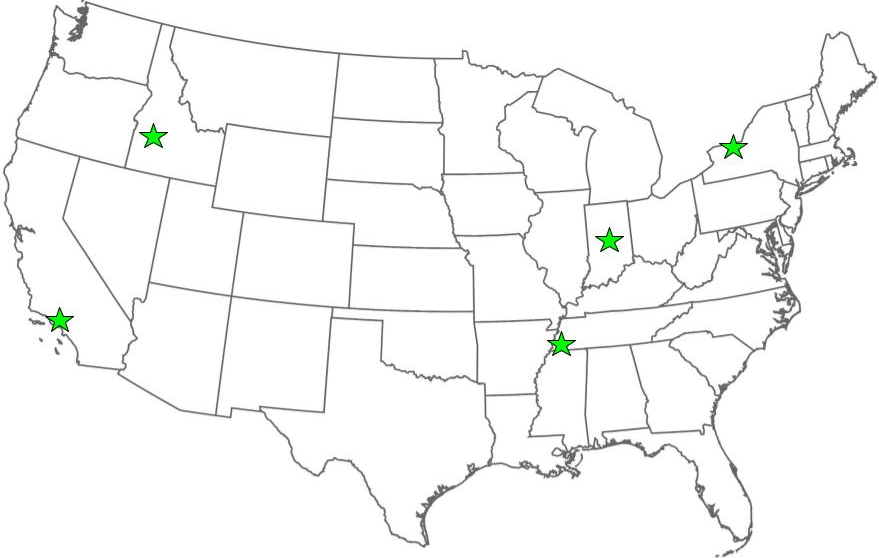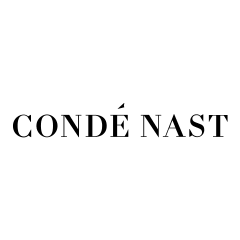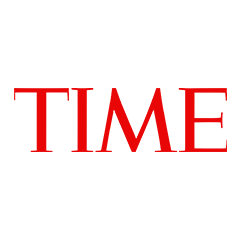Order fulfillment is something that many firms begin by doing internally. This strategy gives you direct control over operations, but it also has a lot of hidden costs that can hurt your bottom line. Sustainable business growth may depend on your ability to comprehend these hidden costs and determine when to switch to a third-party logistics (3PL) supplier.
The True Cost of In-House Fulfillment
Real Estate Expenses: Owning a warehouse entails significant real estate expenses that can surprise companies. Your facility costs don’t end with your monthly mortgage or lease payments.
Utility Management: Your warehouse needs continuous lighting and climate control. Large-scale heating and cooling can result in high utility costs, particularly during severe weather. These expenses are further increased by the need for adequate lighting for operations and safety.
Insurance Requirements: Warehouse insurance isn’t simple property coverage. You’ll need comprehensive insurance that covers the building, inventory, equipment, and potential liability issues. These premiums can increase based on your location and the type of goods you store.
Maintenance and Repairs: Regular maintenance is crucial for keeping your warehouse operational. From routine repairs to emergency fixes, these costs can be unpredictable and substantial. You’ll need to maintain everything from loading docks to ventilation systems.
Security Infrastructure: Modern warehouses require robust security systems. This includes surveillance cameras, alarm systems, access control mechanisms, and potentially 24/7 monitoring services. These systems need regular updates and maintenance to remain effective.
Workforce Investments
Compensation Structures: Beyond basic wages, you’ll need to consider salary increases, performance bonuses, and competitive pay scales to retain qualified staff. This becomes especially important in tight labor markets.
Comprehensive Benefits Packages: Employee benefits are a major expense that includes health insurance, dental coverage, vision plans, and life insurance. These costs typically increase annually and can be particularly challenging for smaller businesses to manage.
Ongoing Training: Warehouse staff need continuous training on safety procedures, equipment operation, and new technologies. This includes both initial onboarding and regular skill updates, requiring both time and financial investment.
Managing Peak Seasons: During busy periods, overtime costs can skyrocket. You’ll need to either hire temporary staff (with associated training costs) or pay premium rates to existing employees, both of which impact your bottom line.
Technology and Equipment
Software Infrastructure: Modern warehouses require sophisticated software systems. Your Warehouse Management System (WMS) needs regular updates, maintenance, and sometimes custom modifications to keep pace with business needs.
Hardware Requirements: Essential warehouse hardware includes
- Industrial-grade computers for inventory management
- Barcode scanners and label printers
- Mobile devices for staff
- Network infrastructure
Each piece requires regular maintenance and eventual replacement.
Material Handling Systems: Forklifts, pallet jacks, and conveyor systems are essential for efficient operations. These machines require regular maintenance, certification, and eventual replacement. Training staff to operate this equipment adds another layer of expense.
Inventory Management Challenges
Dead Stock Costs: Unsold inventory ties up capital and occupies valuable warehouse space. This hidden cost includes not just the product value, but also the opportunity cost of better-selling items you could stock instead.
Storage Optimization: Efficient storage requires constant reorganization and optimization. This involves labor costs for stock movement and potential investment in new storage solutions as your product mix changes.
Loss Prevention: Inventory shrinkage through damage, theft, or misplacement can significantly impact profits. Implementing and maintaining systems to prevent these losses requires ongoing investment in both technology and processes.
Signs It’s Time to Switch to 3PL
Order Volume Assessment: When your monthly orders consistently exceed 500, managing in-house fulfillment becomes increasingly complex. This volume often marks a tipping point where the efficiency of a 3PL becomes more cost-effective.
Seasonal Capacity Struggles: If your business experiences significant seasonal variations, maintaining the infrastructure for peak periods while dealing with low utilization during off-peaks can be costly. 3PLs can provide the flexibility to scale up or down as needed.
International Expansion: As your business grows internationally, managing cross-border shipping, customs documentation, and international regulations becomes increasingly complex. 3PLs with international experience can navigate these challenges more efficiently.
Although in-house fulfillment may appear more affordable at first, as your company expands, hidden costs may have a big influence on profitability. You may make an informed choice that will contribute to the long-term success of your company by being aware of these expenses and identifying the warning indications that it’s time to go to a 3PL supplier. Working with an established 3PL provider like Wolff/SMG can help you navigate this transition smoothly. With decades of experience in fulfillment services, Wolff/SMG offers the infrastructure, technology, and expertise needed to scale your operations efficiently.
















